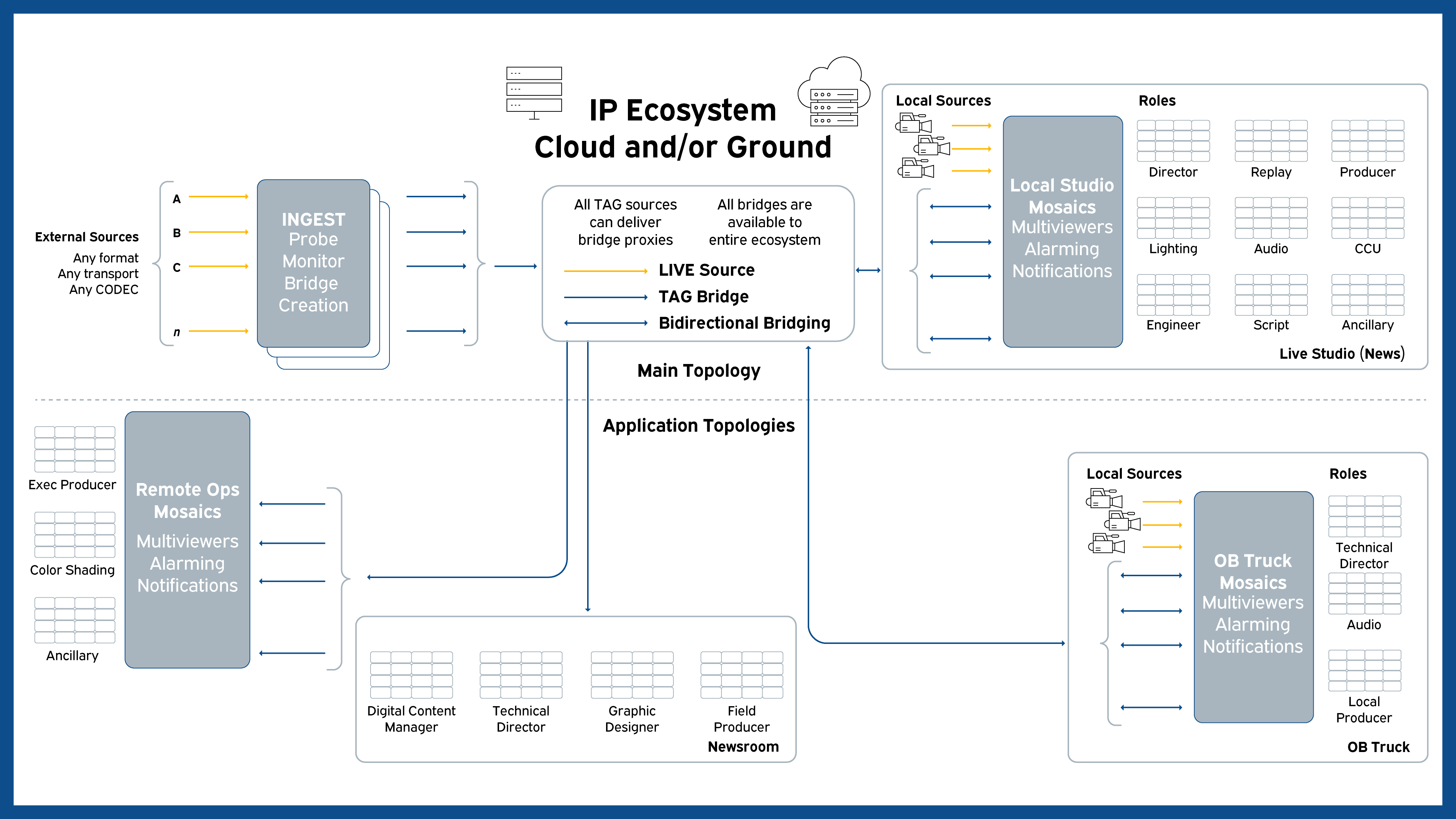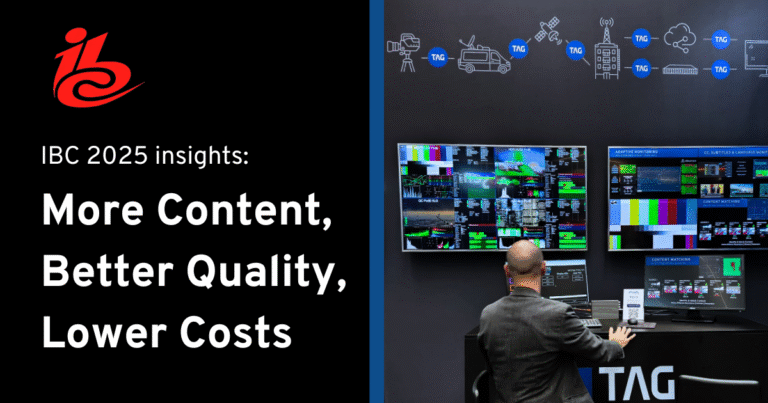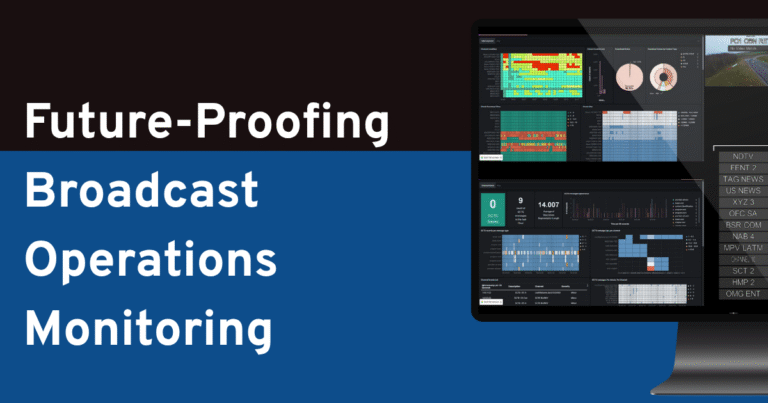Innovation is the key to staying ahead in today’s fast-paced broadcast and media landscape. One such innovation is the new approach to managing and delivering signals across multiple platforms. This approach emphasizes reducing costs, optimizing resources, and providing unparalleled flexibility, making it indispensable for broadcasters and media companies striving for efficiency and excellence.
Simplifying Signal Management
Managing multiple signals for various monitoring locations traditionally requires significant resources and bandwidth. The complexity arises from the need to route the same stream to multiple destinations, often involving redundant processes and high costs. Each signal must be carefully managed to ensure quality and synchronization across different platforms. In contrast to older SDI technologies, which rely on straightforward, point-to-point connections, modern IP workflows must handle diverse transport streams, codecs, and bit rates (ABR).
This complexity is further compounded by the need to avoid redundant signal transmissions to multiple monitoring endpoints. A crucial aspect of this advancement is dynamic scaling, simplifying signal management by automatically creating signal proxies from any source type and optimizing them for display. This ensures that pictures are scaled and compressed to fit monitoring and visualization requirements, minimizing bandwidth usage and ensuring low-latency delivery. It’s like having a custom-fit solution for every screen, everywhere.
Enhancing Resource Optimization
Efficiency in signal management doesn’t stop at simplifying the process; it extends to optimizing the resources used. The latest technology allows for significant reductions in compute resources once a stream is ingested. This is achieved through advanced scaling, compression and delivery protocols such as SRT and RTP.
These optimizations are particularly beneficial in cloud and hybrid environments. For instance, in SMPTE 2110 uncompressed environments, while monitoring signals from cloud to ground, using optimization techniques where ‘bridge’ proxies of video, audio, and metadata are utilized for multiviewing your saving data egress costs and bandwidth. Conversely, from ground to cloud with the same proxies, you’re saving bandwidth and simplifying operations. By respecting data gravity—keeping data where it’s generated—the system minimizes unnecessary redundant data movement, further reducing costs and improving efficiency.
Real-World Applications
The practical applications of these innovations are numerous and impactful. Consider a large media organization with multiple studios across different continents. Previously, each studio would need to ingest the same signals separately, leading to redundancy and high costs. With advanced signal management and optimization, a single signal can be ingested once and shared across all locations. This streamlined process not only conserves bandwidth but also significantly reduces the operational burden.
During a global sports event, studios in different regions might need simultaneous monitoring access to the same feeds. With the new technology, these feeds can be efficiently distributed without duplicating the signal ingestion process. This ensures a smoother operation and a more cohesive broadcast experience. The technology’s ability to dynamically scale and adapt to different multiviewer and mosaic display requirements means that each studio receives the optimal signal quality for its specific needs.

Figure 1 – TAG Bridge Technology
News organizations particularly benefit from this innovation. Newsrooms must often monitor multiple regional channels to stay updated with breaking news and vast array of other sources. The new approach allows them to ingest these channels once and distribute them efficiently to anywhere they are needed. This conserves bandwidth, reduces costs, and ensures that the newsrooms can quickly and efficiently access the information they need.
Another critical application is in cloud environments. Media companies increasingly rely on cloud solutions for their operations. The technology’s ability to minimize cloud costs through adaptive monitoring and efficient data management is invaluable. By keeping data within the cloud and reducing egress costs, companies can leverage the cloud’s full potential without incurring prohibitive costs. This flexibility supports various workflows, from traditional on-premises setups to hybrid models and fully cloud-based operations.
Maximizing Flexibility and Interoperability
The flexibility and interoperability of modern signal management technologies are transforming how broadcasters and media companies operate. At the heart of this transformation is TAG Bridge Technology within TAG’s Realtime Media Platform. This innovative platform supports a variety of workflows, ensuring that media companies can seamlessly integrate new technologies into their existing infrastructure without disrupting their operations.
One of the most significant advantages is supporting infinite multiviewer and mosaic configurations. This capability allows organizations to mix and match sources, tiles, and formats to create customized displays that meet their needs. For instance, a control room can display a multitude of multi-format sources in a single mosaic, providing operators with a comprehensive view of all relevant signals.
This flexibility extends to the system’s architecture. By allowing different units to specialize in receiving inputs or creating mosaics, the system can be tailored to the specific needs of any operation. This separation of roles enhances the system’s efficiency and capacity, benefiting studios, control rooms, remote production, and mobile units alike.
Moreover, this technology is designed to be future proof. As media companies continue to evolve and adopt new technologies, the flexibility of these systems ensures that they can easily integrate new capabilities without significant overhauls. The interoperability of these systems ensures compatibility with various formats, protocols, and platforms, creating a cohesive and integrated workflow.
Conclusion
As the broadcast and media industry continues to evolve, staying ahead requires embracing innovative technologies that enhance efficiency and reduce costs. Signal management and delivery advancements are prime examples of how innovation can revolutionize operations. By simplifying signal management, optimizing resources, and providing unmatched flexibility and interoperability, these technologies empower media companies to meet the demands of today’s fast-paced environment.
Ultimately, embracing these advancements is not just about improving efficiency or reducing costs; it’s about enabling the next generation of media experiences. As technology continues to evolve, the possibilities for innovation in broadcasting are limitless. With tools like TAG’s Realtime Media Platform leading the way, the future of broadcast and media is bright, dynamic, and full of potential.





